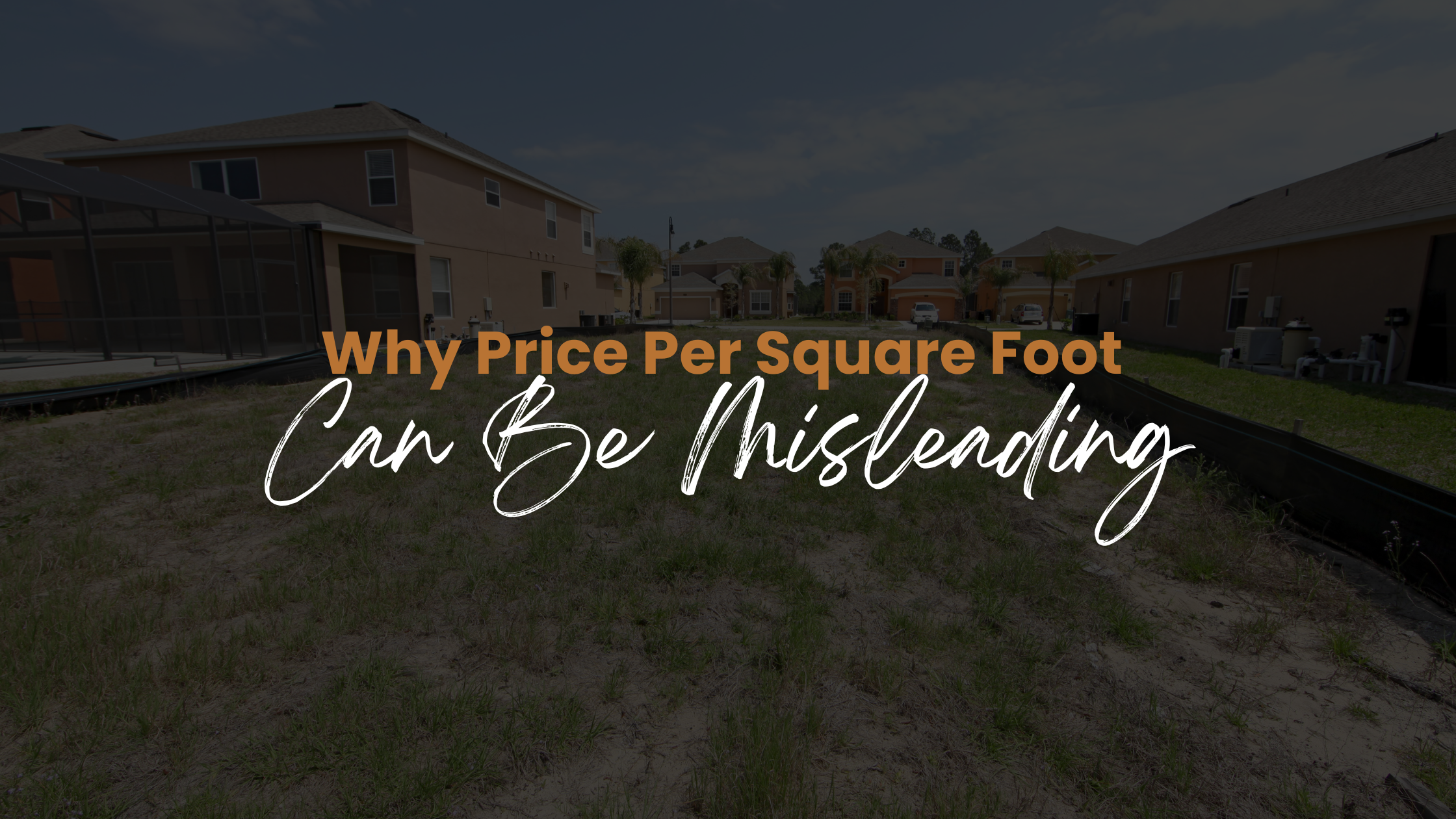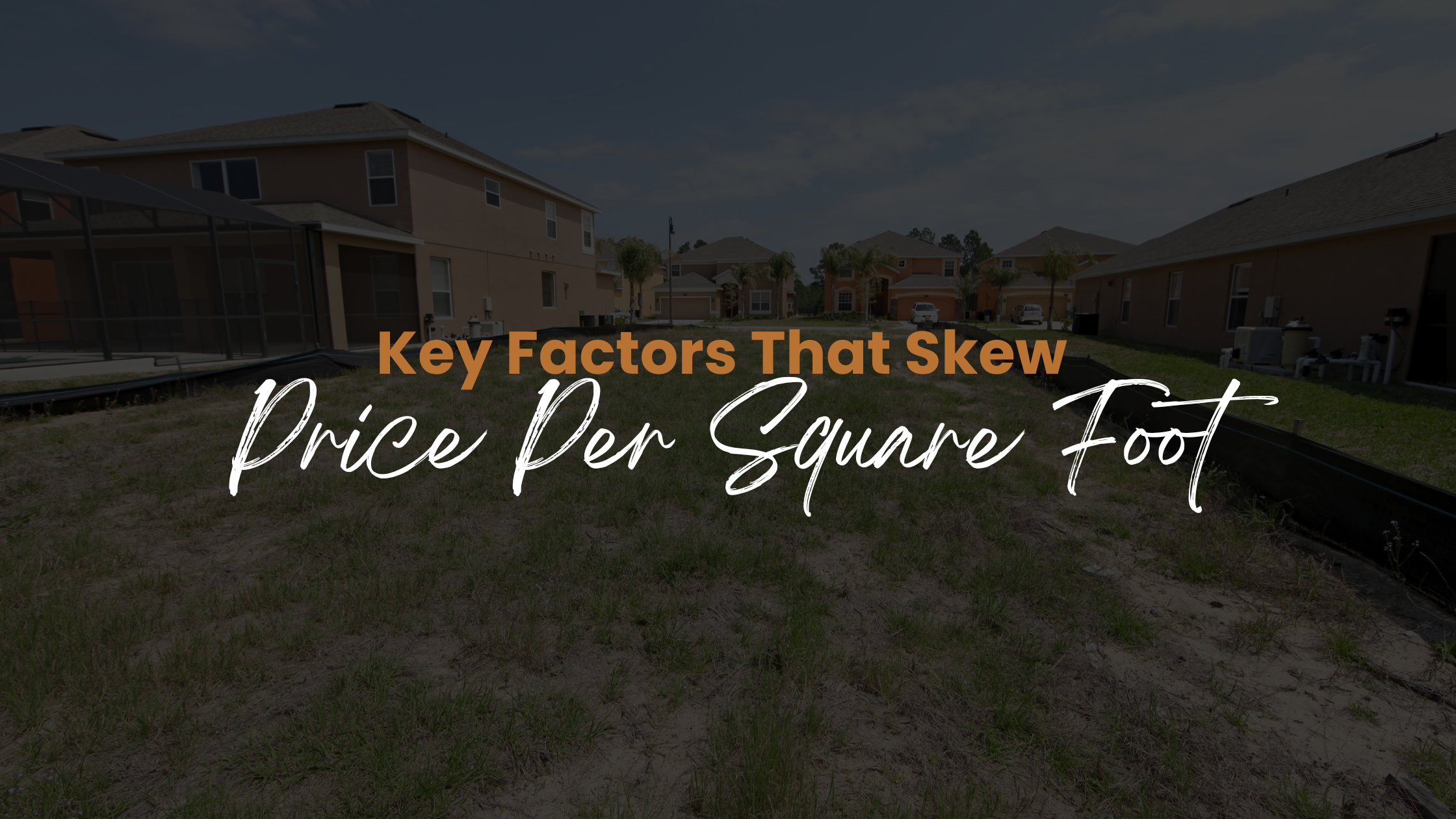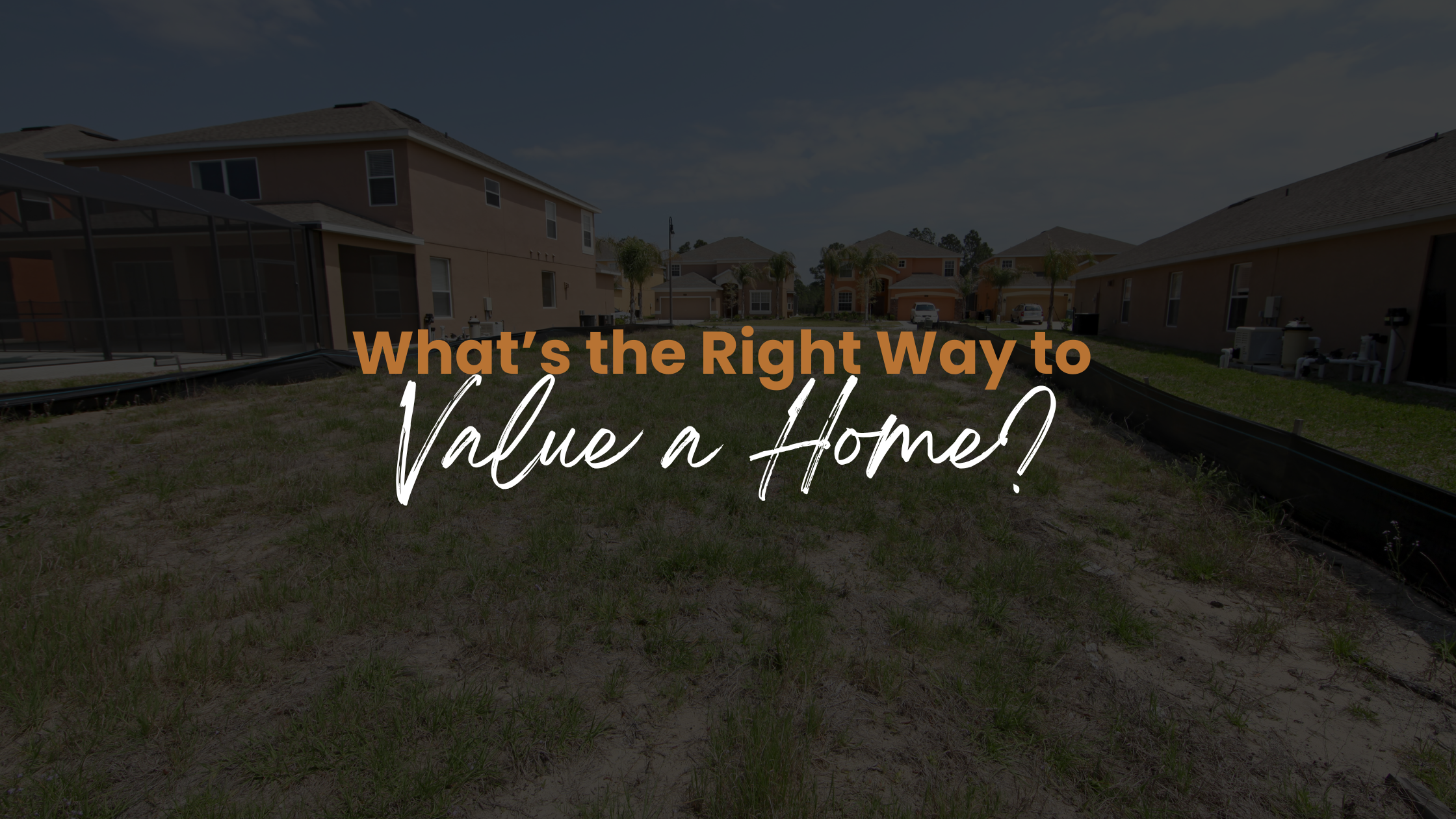Home Value Myths: Debunking the Price Per Square Foot Obsession
If you’ve ever heard someone say, “That house sold for $1,300 per square foot, so mine should too,” this post is for you.
One of the biggest myths in real estate is the over-reliance on price per square foot as the main way to determine home value. While this metric may seem simple and useful at first glance, the truth is: it rarely tells the full story.
Let’s break down why.
.png?w=1140)
Price per square foot is calculated by dividing the sale price of a home by its total interior square footage. Sounds straightforward, right? But unless you’re comparing two identical homes in the exact same condition and location, it quickly falls apart.
In competitive markets like Silicon Valley and the greater Bay Area, virtually no two homes are truly alike—and here’s what that means for your valuation:
.png?w=1140)
1. Location Still Reigns Supreme
A home on a quiet cul-de-sac with a view will command a higher price than one near a busy intersection—even if the layout is identical. Even within the same neighborhood, street-to-street variations can drastically impact value.
2. Condition, Renovations & Design Matter
A remodeled kitchen, updated bathrooms, fresh paint, and modern finishes increase value. A 2,000 sq ft home with luxury updates is not the same as a dated fixer-upper of the same size.
3. Lot Size and Land Value
Sometimes the land is worth more than the house. In California, especially in high-demand areas, a small home on a large lot can have a much higher per-square-foot value than a larger home on a small lot.
4. Size Doesn’t Scale Linearly
Smaller homes usually have a higher price per square foot than larger ones. That’s because the most valuable spaces (kitchen, bathrooms, main living areas) are present regardless of size, while additional square footage adds less marginal value.
5. Unique Features Impact Perception and Price
Pools, landscaping, home offices, energy-efficient upgrades, vaulted ceilings, and even a home’s feel all influence value. None of these are reflected in the price per square foot alone.
.png?w=1140)
Price per square foot is just a starting point.
A true home valuation should include:
Comparable Sales (Comps) from nearby homes with similar size, style, and upgrades
Current market conditions and buyer demand
Property condition, both cosmetic and structural
Unique features that make the home stand out
Expert local insight from an experienced real estate professional
As a Bay Area realtor with decades of experience, I blend data, context, and strategic market knowledge to help my clients price and purchase homes wisely—not just based on math, but on meaning.
Final Thought: Look Beyond the Surface
Next time someone says, “What’s the price per square foot?”—you’ll know there’s much more to consider. Every property is unique, and understanding what really drives value is what separates a smart real estate move from an expensive mistake.
.png)
.png)
.png)
.png)
.png?w=128&h=128)